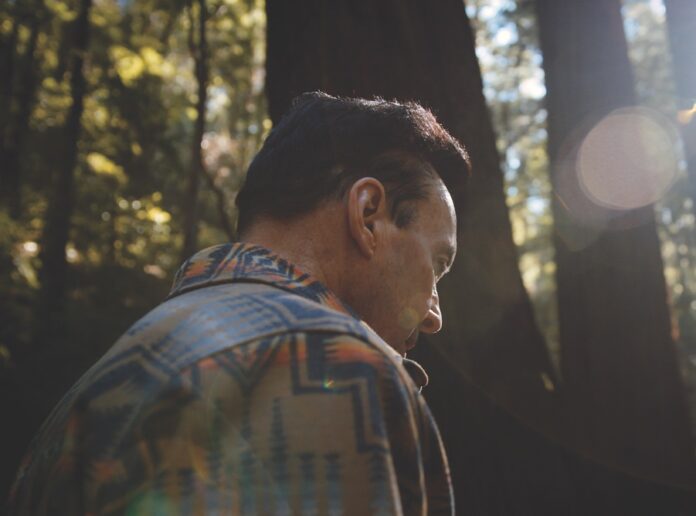The new book from Greg Sarris, Becoming Story: A Journey Among Seasons, Places, Trees, and Ancestors, is a personal memoir of 13 essays in four sections, exploring connection to place, past, present and future.
I first encountered Sarris’ work in 1994, when I read his book of short stories, Grand Avenue. Sarris, an author, activist, producer and playwright, is also Chairman of the Federated Indians of Graton Rancheria. Like Sherman Alexie and Oakland author Tommy Orange, Sarris has portrayed Native American life in a non-romantic, realistic way in his past work. Becoming Story maintains this, but also takes on a more dreamlike quality, as Sarris evokes memories from his past and incorporates landscape, weaving them into a whole narrative.
“What’s important is how the stories evoke certain ethics and esthetics that predicate a culture and of people’s relationship to the land,” he says.
While Grand Avenue is fiction focused on intertwined Native American families and their dynamics and challenges in Santa Rosa, Becoming Story’s personal memoirs, evoked by moments with others in place, are all part of Sarris’ past and present story. The collection of essays begins with the seasons, entitled Frost, Iris, Osprey and Scar, and ends with The Last Woman From Petaluma. In between are essays about trees, ancestors and local places, including one about the charms (pun intended) of Tolay Park and another discussing the devastation of Sudden Oak Death in Sonoma and Marin’s Oak trees.
“My whole experience consists of what I experienced and know from the past, what I know and experience in the present, and how I might be imagining my experience in the future,” he explains, “The parameters of what constitutes our ethnicity, our identity, even the stories we read, is ultimately dialogical, consciously or not.”
The book began with work he had already published in newspapers and journals, which Sarris expanded into a narrative about places and people, the moments where they intersect and how they inform each other.
“Colonizing cultures too often bring their own story to the landscape that they encounter, rather than stories evolving as a result of a long relationship with the landscape itself,” he says.
Living a long time in one location, and generational memory can activate how a story is told as well as what is told.
“Our experience will always shape how we see things and read things around us,” he says, “If we are open, and if we are flexible, we will be able to hear the landscape and other stories for what they might suggest to us and the ways in which they may get us to rethink our own stories and our own experience in a place.”
Ultimately, story reflects who we are and who we want to become. Do we anticipate our place in a landscape that sustains life or in a place that destroys life?
“All that we know and all that we are about are stories,” Sarris says. He then asks, “Will those stories suggest and reinforce a sustainable respectful relationship with the landscape, or will they suggest and shape a harmful disconnected relationship with the landscape and world in which we live? That is the question.”











